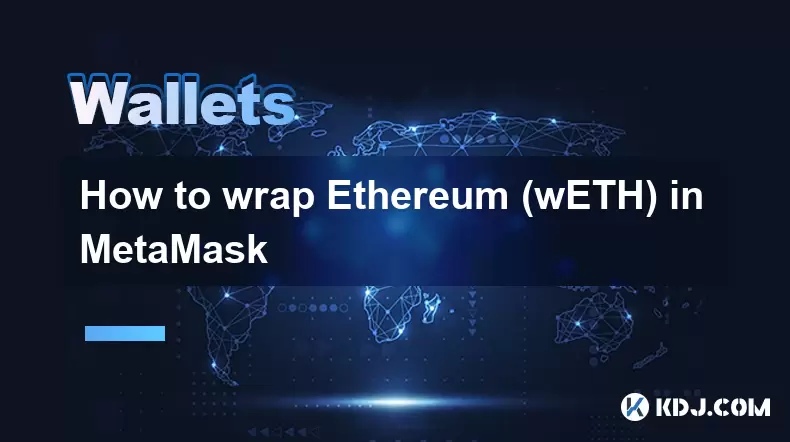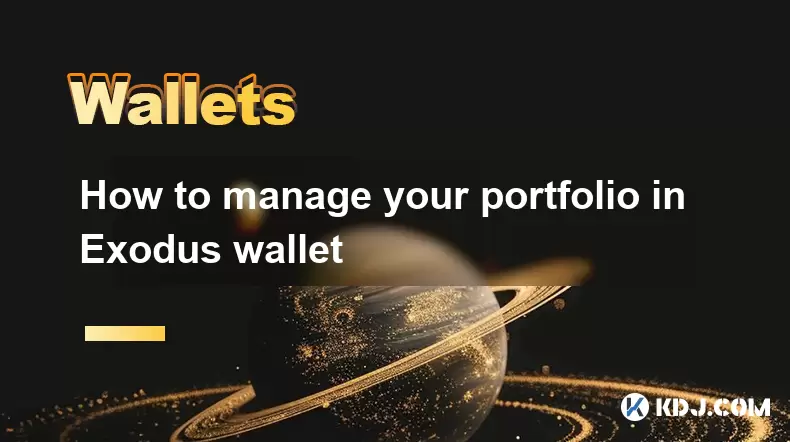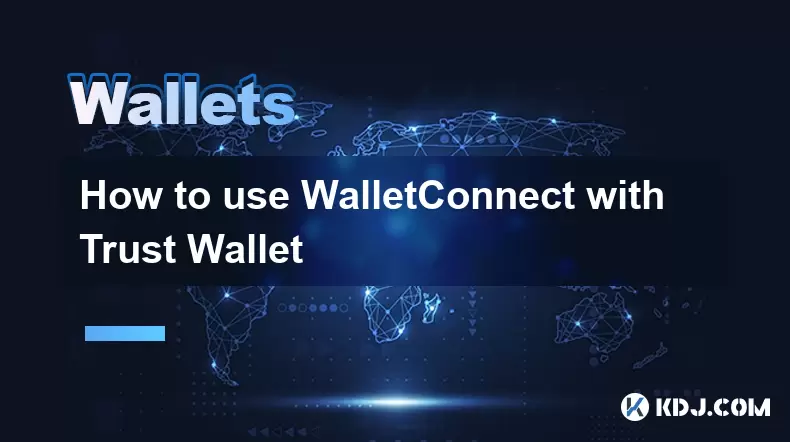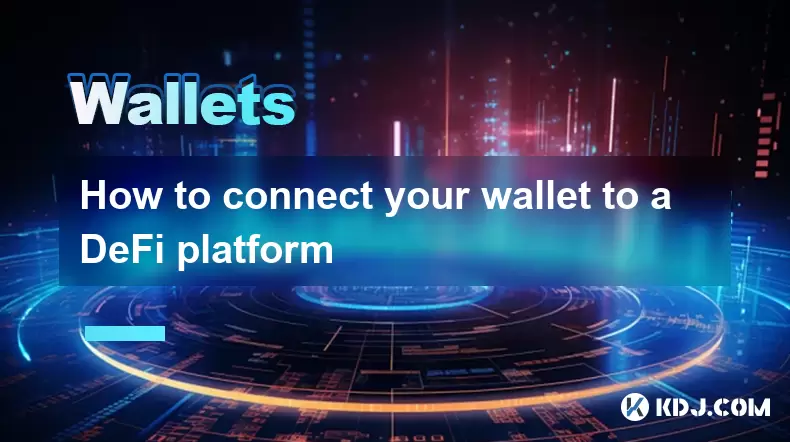-
 Bitcoin
Bitcoin $117600
0.25% -
 Ethereum
Ethereum $4424
0.10% -
 XRP
XRP $3.101
0.50% -
 Tether USDt
Tether USDt $1.001
-0.01% -
 BNB
BNB $836.2
1.26% -
 Solana
Solana $188.8
2.11% -
 USDC
USDC $1.000
0.01% -
 Dogecoin
Dogecoin $0.2301
0.57% -
 TRON
TRON $0.3485
-1.00% -
 Cardano
Cardano $0.9209
-1.34% -
 Hyperliquid
Hyperliquid $46.72
-1.19% -
 Chainlink
Chainlink $22.62
4.84% -
 Stellar
Stellar $0.4275
-0.38% -
 Sui
Sui $3.761
1.91% -
 Bitcoin Cash
Bitcoin Cash $586.7
-0.25% -
 Ethena USDe
Ethena USDe $1.001
0.01% -
 Hedera
Hedera $0.2510
2.06% -
 Avalanche
Avalanche $24.21
2.22% -
 Litecoin
Litecoin $119.7
1.07% -
 Toncoin
Toncoin $3.450
1.06% -
 UNUS SED LEO
UNUS SED LEO $9.411
-0.93% -
 Shiba Inu
Shiba Inu $0.00001298
1.20% -
 Uniswap
Uniswap $10.98
3.25% -
 Polkadot
Polkadot $3.961
2.16% -
 Dai
Dai $1.000
0.00% -
 Bitget Token
Bitget Token $4.642
0.95% -
 Cronos
Cronos $0.1514
0.57% -
 Ethena
Ethena $0.7290
3.78% -
 Monero
Monero $254.1
7.69% -
 Pepe
Pepe $0.00001102
2.47%
How to view the transaction status and confirmation count in imToken?
ImToken displays transaction status and confirmation counts, varying by blockchain (e.g., Ethereum, Bitcoin). Check the "Transaction History" for details; higher confirmations indicate greater finality. Troubleshooting help is available for stuck transactions.
Mar 19, 2025 at 02:50 pm

Key Points:
- ImToken provides several ways to check transaction status and confirmation count.
- The method depends on the blockchain network used for the transaction.
- Understanding confirmation counts is crucial for determining transaction finality.
- ImToken's interface clearly displays transaction details, including confirmations.
- Troubleshooting steps are available if a transaction appears stuck.
How to View Transaction Status and Confirmation Count in imToken?
imToken, a popular cryptocurrency wallet, offers a user-friendly interface for managing various crypto assets. Checking the status and confirmation count of your transactions is a crucial aspect of ensuring your funds have been successfully transferred. The process varies slightly depending on the specific blockchain network involved (e.g., Ethereum, Bitcoin, etc.).
Checking Transaction Status on Ethereum and EVM-compatible chains:
After initiating a transaction on Ethereum or any EVM-compatible blockchain within imToken, you'll find the transaction details on the 'Transaction History' page. This page usually displays a list of your recent transactions. Each transaction entry shows the status, indicating whether it's pending, confirmed, or failed. The number of confirmations will also be visible alongside the status. A higher confirmation count generally implies a greater level of security and finality for your transaction.
Checking Transaction Status on Bitcoin and other non-EVM chains:
The method for viewing transaction status on Bitcoin and other non-EVM compatible chains is slightly different. Similar to Ethereum, you'll find the transaction details within the 'Transaction History' section. However, the specific information displayed might vary based on the blockchain's nature. Bitcoin, for instance, emphasizes confirmation counts as the primary indicator of transaction status. ImToken clearly displays the number of confirmations received for your Bitcoin transactions.
Understanding Confirmation Counts:
Confirmation count signifies the number of blocks added to the blockchain after your transaction block. Each block's addition strengthens the security and irreversibility of your transaction. The required number of confirmations varies across different blockchains. Ethereum typically considers a transaction confirmed after a few confirmations (usually 12 or more), while Bitcoin often requires more confirmations for complete security.
Navigating the imToken Interface:
The imToken app's interface is designed for ease of use. Locate the 'Transaction History' section, usually accessible from the main dashboard. Tap on the specific transaction you wish to check. A detailed view will appear, clearly displaying the transaction hash, status, and confirmation count. This information is presented in a clear and concise manner. If a transaction is pending, the status will indicate this, and the confirmation count will be zero or very low.
Troubleshooting Stuck Transactions:
Occasionally, transactions might appear stuck or delayed. This isn't uncommon, especially during periods of high network congestion. In such cases, check the network status of the relevant blockchain. High gas fees on Ethereum, for example, can lead to delays. If the problem persists after a reasonable waiting period (considering the network's typical confirmation times), contact imToken's support for assistance.
Dealing with Failed Transactions:
If a transaction fails, imToken will typically indicate the reason for the failure. Common causes include insufficient funds, incorrect recipient address, or network issues. Review the details carefully to understand the problem. If you believe the failure was due to an imToken error, contact their support team. Remember to double-check all information before initiating any transactions to minimize the risk of failure.
Different Blockchains, Different Confirmation Times:
It's crucial to understand that different blockchains have different block generation times. Bitcoin has longer block times compared to Ethereum. This means that Bitcoin transactions may take longer to receive confirmations than Ethereum transactions. Always factor in the expected confirmation time for the specific blockchain when monitoring your transaction status.
Checking Transaction Details from External Block Explorers:
imToken provides links to external block explorers for each transaction. Block explorers are websites that provide detailed information about blockchain transactions. You can use these explorers to verify the transaction status and confirmations independently, confirming the information shown in imToken. This provides an extra layer of verification and transparency.
Gas Fees and Transaction Speed:
On Ethereum and EVM-compatible chains, gas fees play a crucial role in transaction speed and confirmation time. Higher gas fees generally lead to faster processing. However, always carefully consider the gas fee before initiating a transaction. Excessive gas fees can be costly, while insufficient gas might lead to transaction failure.
Frequently Asked Questions:
Q: What if my transaction is still pending after a long time?
A: Check the network status of the relevant blockchain for congestion. If the problem persists, contact imToken support.
Q: How many confirmations are generally considered sufficient?
A: This depends on the blockchain. Ethereum usually requires 12 or more, while Bitcoin might need more.
Q: What does a failed transaction mean?
A: A failed transaction means the transaction did not successfully complete. imToken usually provides the reason for the failure.
Q: Can I cancel a pending transaction?
A: Generally, you cannot cancel a pending transaction once it's been broadcast to the network.
Q: Where can I find the transaction hash?
A: The transaction hash is displayed in the detailed transaction view within imToken's transaction history.
Q: What are block explorers, and how can I use them?
A: Block explorers are websites that provide detailed blockchain information. imToken usually provides links to relevant block explorers for each transaction. You can use these links to independently verify your transaction's status.
Disclaimer:info@kdj.com
The information provided is not trading advice. kdj.com does not assume any responsibility for any investments made based on the information provided in this article. Cryptocurrencies are highly volatile and it is highly recommended that you invest with caution after thorough research!
If you believe that the content used on this website infringes your copyright, please contact us immediately (info@kdj.com) and we will delete it promptly.
- Kazakhstan's Crypto Leap: Bitcoin ETF and Central Asia's Digital Finance Future
- 2025-08-13 12:45:19
- BlockDAG Presale Blazes Past $371M: Fundraising Frenzy Fuels Crypto Sensation
- 2025-08-13 13:05:21
- Meme Coins: Chasing the 2025 Surge – Which Will Moonshot?
- 2025-08-13 10:25:23
- Bitcoin's Wild Ride: Rally, Pullback, and What's Next
- 2025-08-13 10:25:23
- Bitcoin, Bitmax, and Institutional Demand: A New Era of Crypto Investment
- 2025-08-13 10:45:12
- Solana, ROAM, and Airdrops: What's the Buzz in 2025?
- 2025-08-13 11:35:13
Related knowledge

How to wrap Ethereum (wETH) in MetaMask
Aug 13,2025 at 11:36am
Understanding Wrapped Ethereum (wETH)Wrapped Ethereum (wETH) is a tokenized version of native Ethereum (ETH) that conforms to the ERC-20 standard, ena...

How to manage your portfolio in Exodus wallet
Aug 08,2025 at 10:07pm
Understanding the Exodus Wallet InterfaceThe Exodus wallet is a non-custodial cryptocurrency wallet that supports a wide range of digital assets. When...

How to manage your portfolio in Exodus wallet
Aug 13,2025 at 11:35am
Understanding the Exodus Wallet InterfaceThe Exodus wallet is a non-custodial cryptocurrency wallet that supports a wide range of digital assets. Upon...

How to reset your MetaMask password
Aug 08,2025 at 01:28pm
Understanding the MetaMask Password Reset ProcessMany users confuse the MetaMask password with the seed phrase or private key, but they serve differen...

How to use WalletConnect with Trust Wallet
Aug 13,2025 at 01:07am
What Is WalletConnect and Why It Matters for Trust Wallet UsersWalletConnect is an open-source protocol that enables secure communication between dece...

How to connect your wallet to a DeFi platform
Aug 13,2025 at 11:36am
Understanding Wallet Compatibility with DeFi PlatformsBefore connecting your wallet to any DeFi platform, it's essential to ensure your wallet is comp...

How to wrap Ethereum (wETH) in MetaMask
Aug 13,2025 at 11:36am
Understanding Wrapped Ethereum (wETH)Wrapped Ethereum (wETH) is a tokenized version of native Ethereum (ETH) that conforms to the ERC-20 standard, ena...

How to manage your portfolio in Exodus wallet
Aug 08,2025 at 10:07pm
Understanding the Exodus Wallet InterfaceThe Exodus wallet is a non-custodial cryptocurrency wallet that supports a wide range of digital assets. When...

How to manage your portfolio in Exodus wallet
Aug 13,2025 at 11:35am
Understanding the Exodus Wallet InterfaceThe Exodus wallet is a non-custodial cryptocurrency wallet that supports a wide range of digital assets. Upon...

How to reset your MetaMask password
Aug 08,2025 at 01:28pm
Understanding the MetaMask Password Reset ProcessMany users confuse the MetaMask password with the seed phrase or private key, but they serve differen...

How to use WalletConnect with Trust Wallet
Aug 13,2025 at 01:07am
What Is WalletConnect and Why It Matters for Trust Wallet UsersWalletConnect is an open-source protocol that enables secure communication between dece...

How to connect your wallet to a DeFi platform
Aug 13,2025 at 11:36am
Understanding Wallet Compatibility with DeFi PlatformsBefore connecting your wallet to any DeFi platform, it's essential to ensure your wallet is comp...
See all articles

























































































